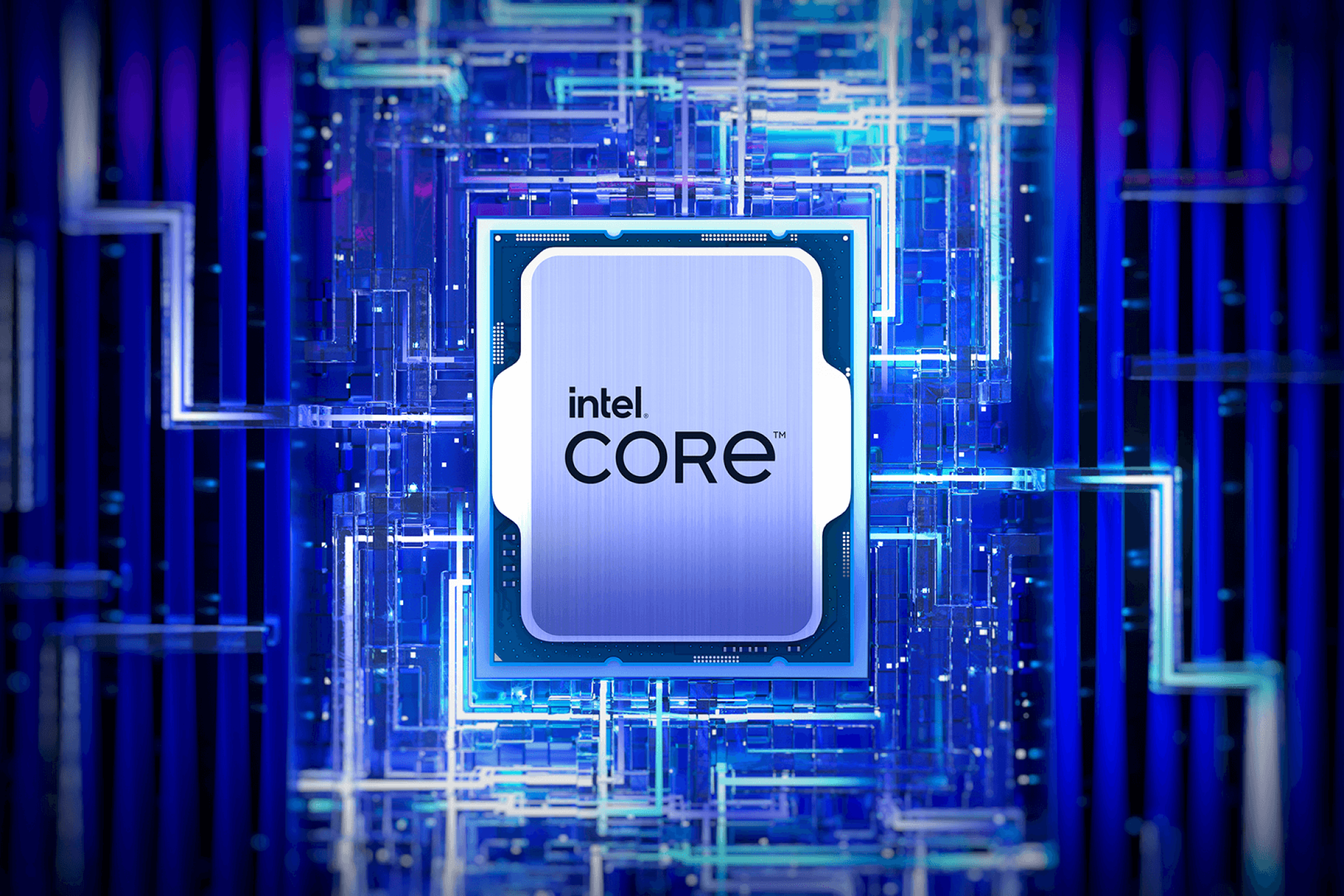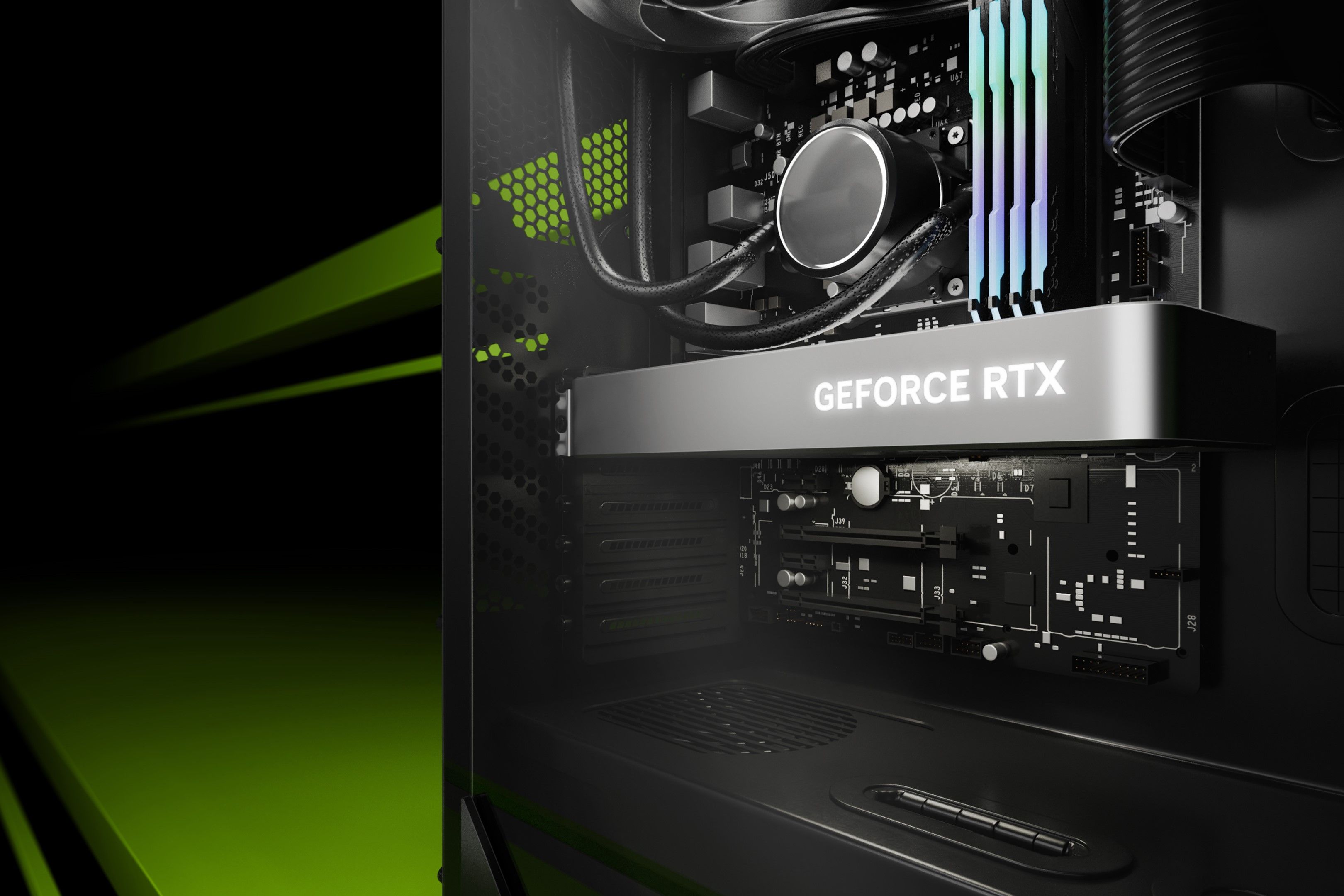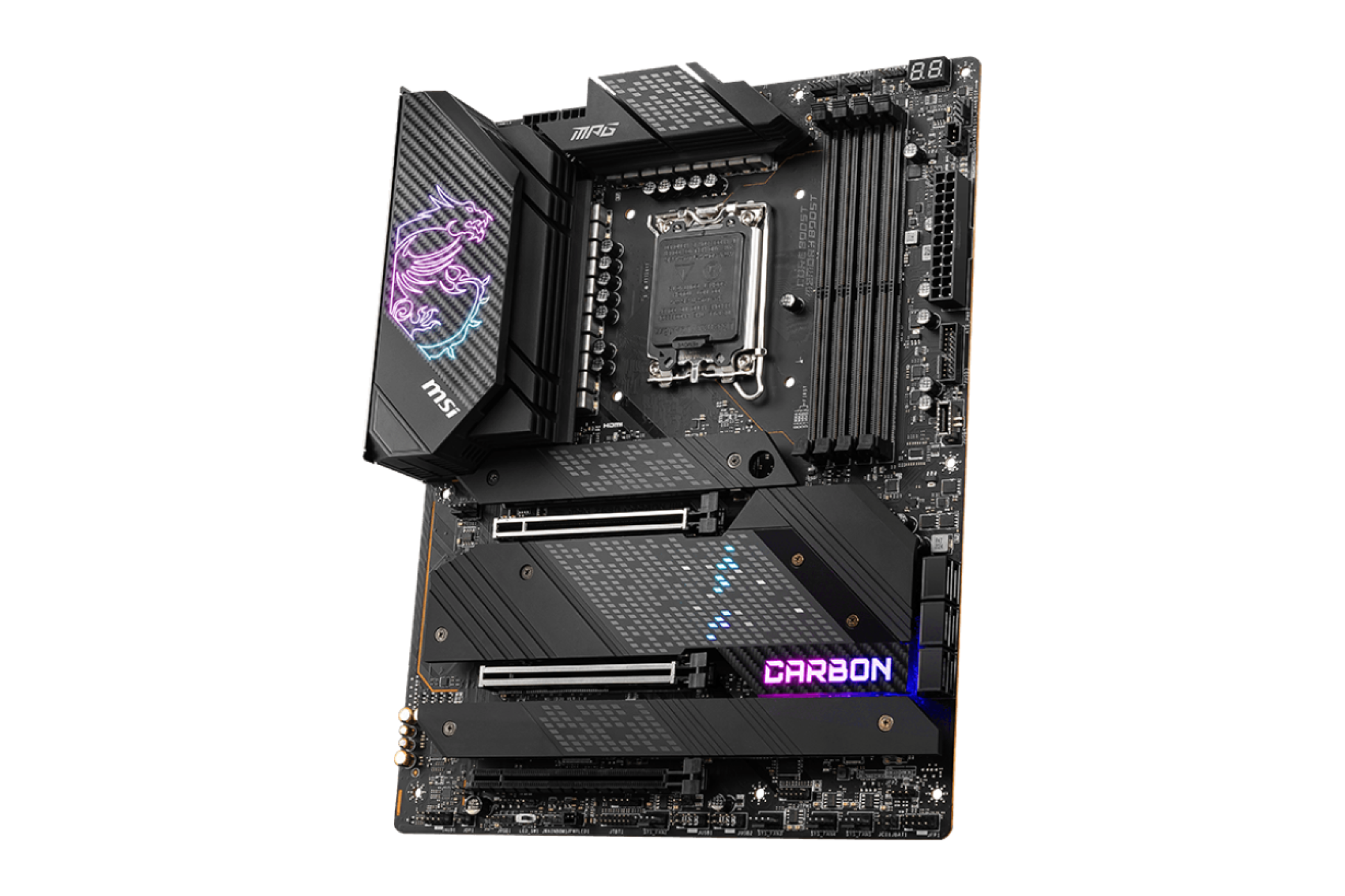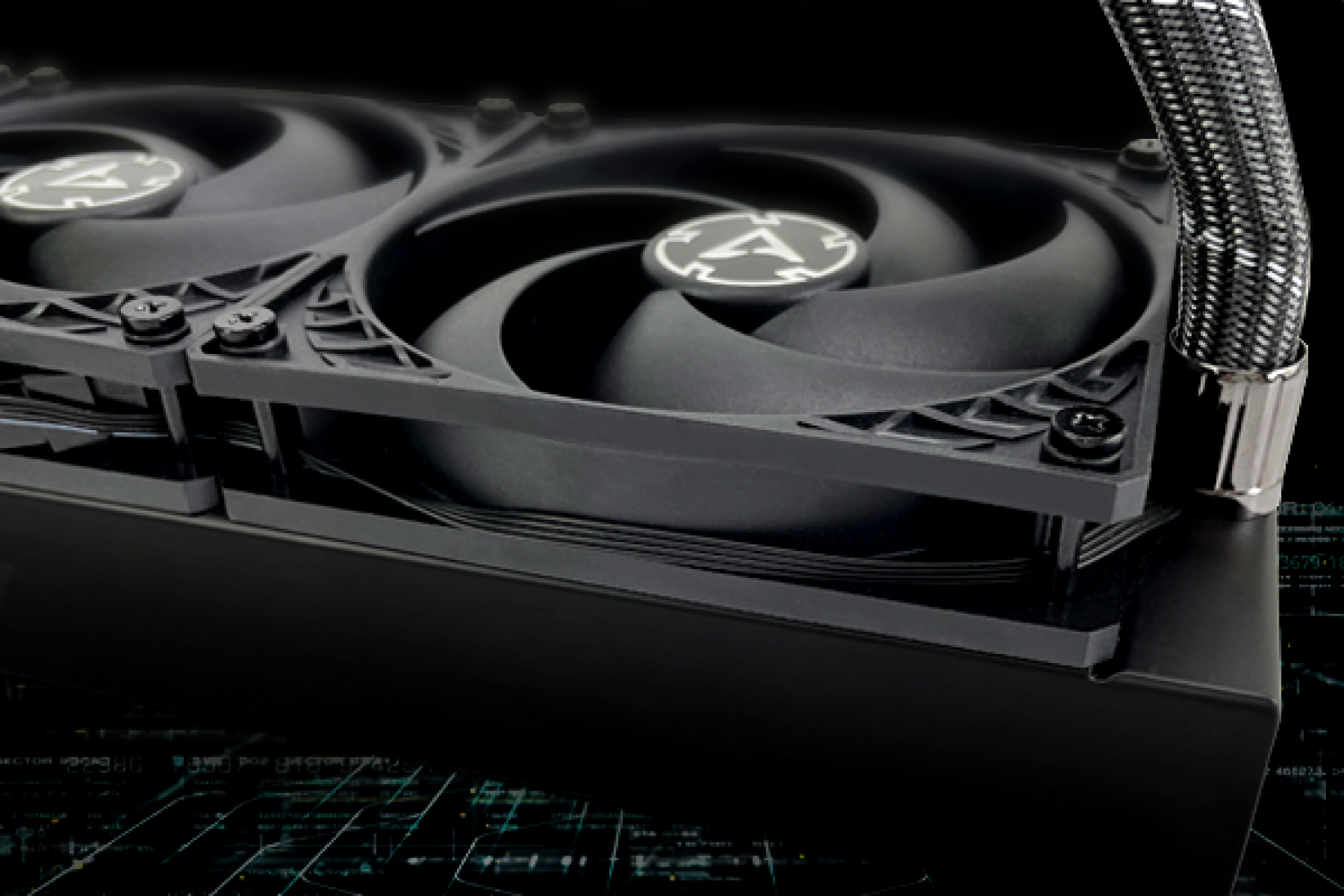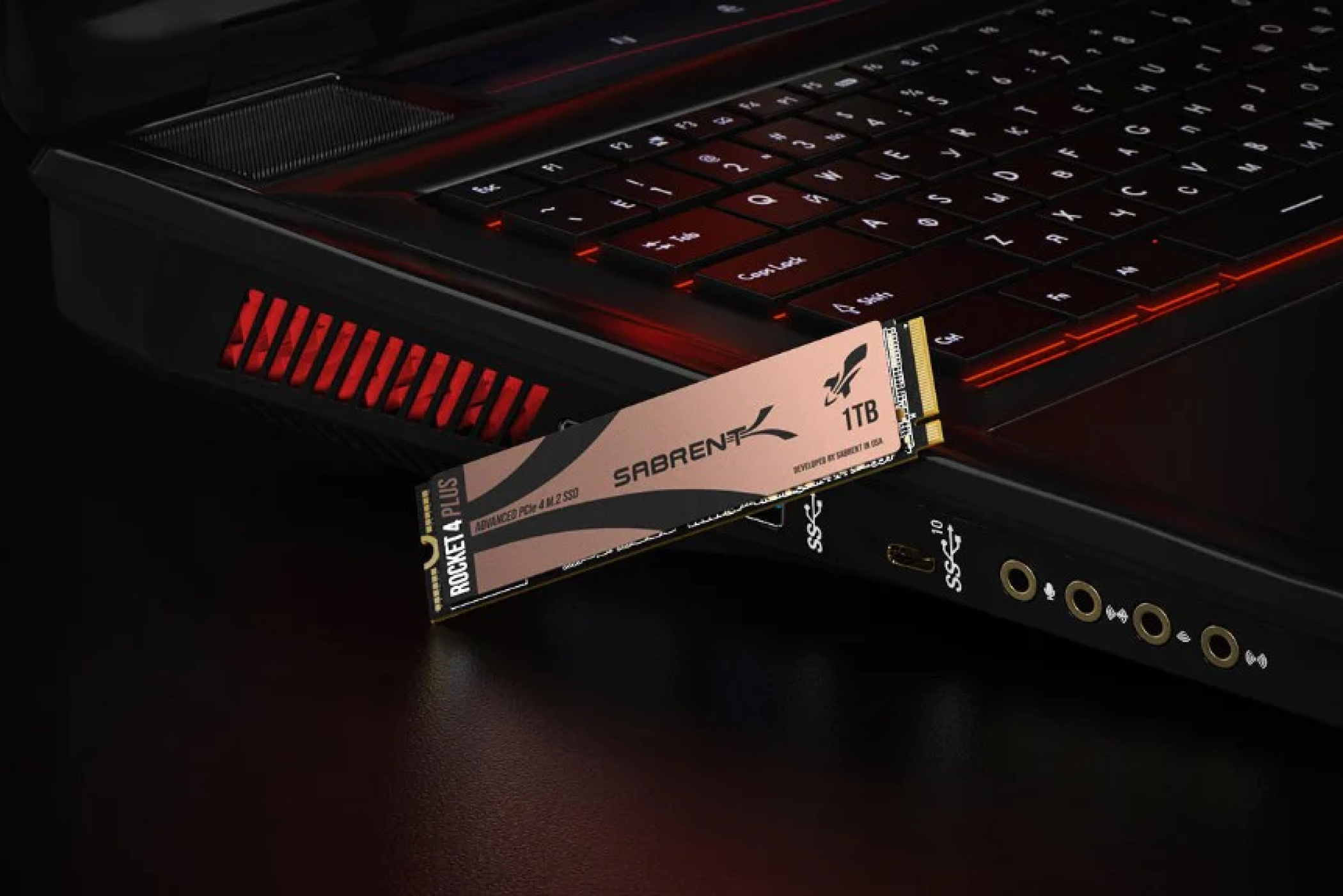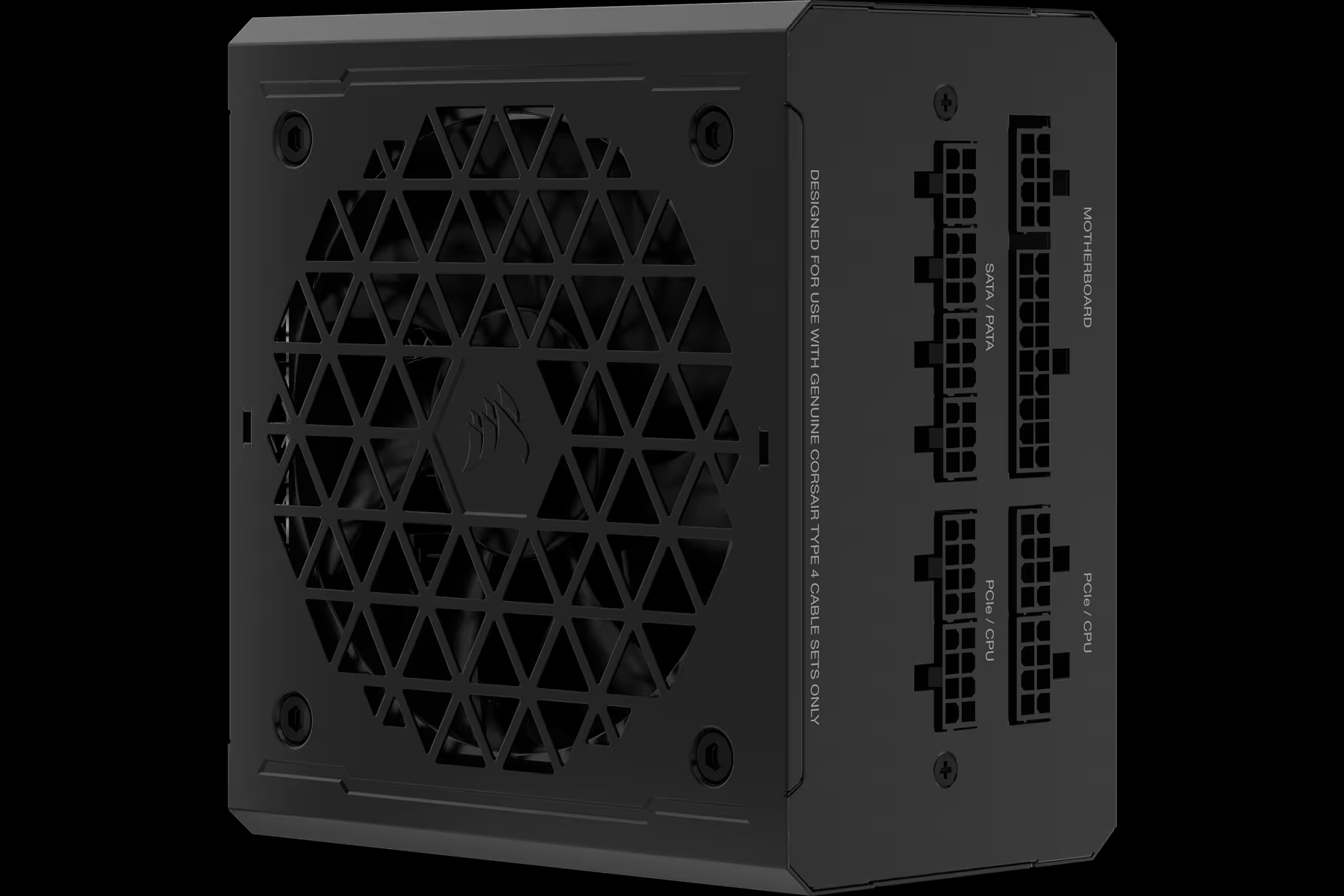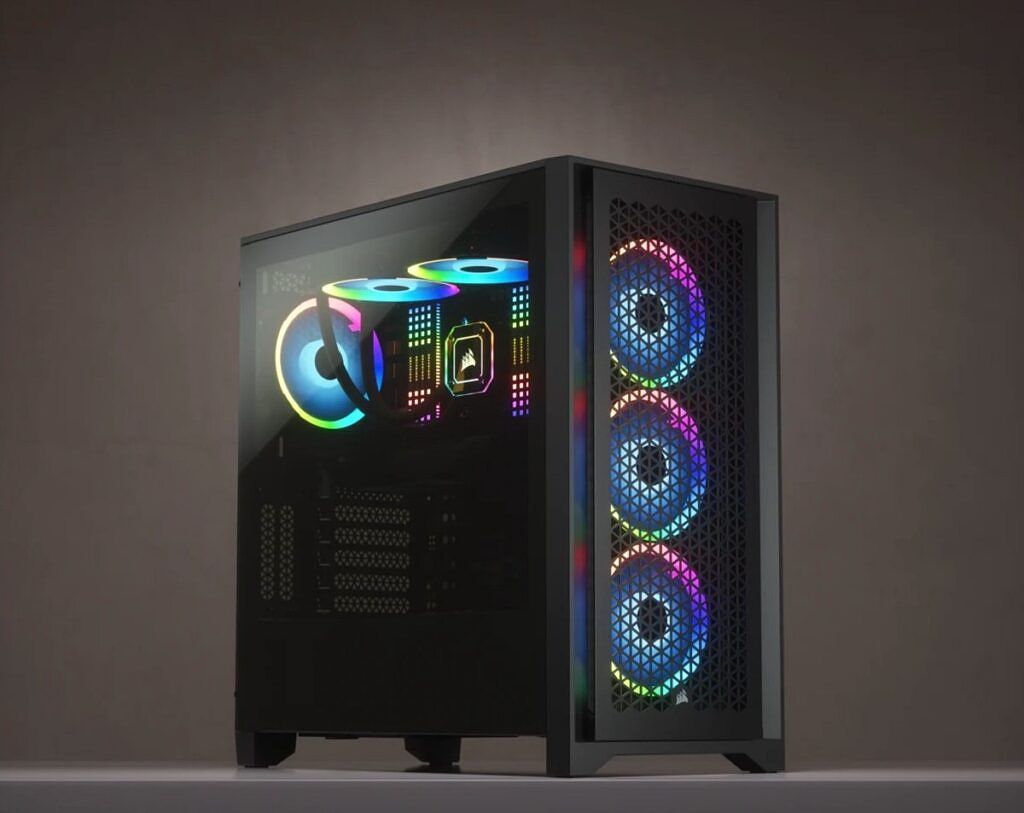Streaming has seen has exponential growth over the last few years. Twitch alone has millions of active streamers with more on the rise in other platforms like YouTube, Facebook Gaming, and more. But streaming games requires a certain set of hardware, and some parts are better than others. We’ve selected the best parts you need for a single streaming PC using Intel’s 13th-generation platform; no dual desktop shenanigans required.
Best CPU for Intel streaming PC: Intel Core i7-13700K Processor
For a long time, streaming required super powerful CPUs for encoding, but nowadays you can actually get away with relatively low-end CPUs as long as the GPU is doing the encoding. However, a higher-end CPU delivers a better gaming experience and enables making additional kinds of content like edited videos. All this stuff requires chips with lots of cores and threads, and Intel’s Core i7-13700K is the best overall option for a PC that’s up to the task of gaming, streaming, and productivity on the side.
The 13700K is actually very similar to Intel’s last-gen flagship, the Core i9-12900K. Both CPUs have eight P-cores and eight E-cores for a total 16, but the 13700K also comes with slightly higher clock speeds and tons of additional L2 and L3 cache. This makes the 13700K essentially a better 12900K, especially for high framerate gaming, but it’s not the flagship for this generation. The Core i9-13900K comes with an additional eight E-cores (24 cores overall) but unless you know you’re going to be video editing, it’s not exactly worth the higher price.
For streaming games, it’s obvious why the 13700K’s gaming performance is so useful, but the utility of its raw horsepower might not be as clear. Generally speaking, GPU encoding is much more efficient than CPU encoding and provides similar image quality, so 16 cores is a bit overkill. However, having a CPU like the 13700K is useful just in case you need to use CPU encoding for some edge case, and more cores makes it much easier to edit videos and do other productivity tasks.
At around $420, the 13700K is a pretty good investment for a high-end streaming PC. You can also opt for the 13700KF, which is just at $400 at the time of writing, but its lack of integrated graphics means you lose access to Intel Quick Sync, which is actually useful for stuff like video editing. If you’re just doing streaming, the KF model is a better deal.
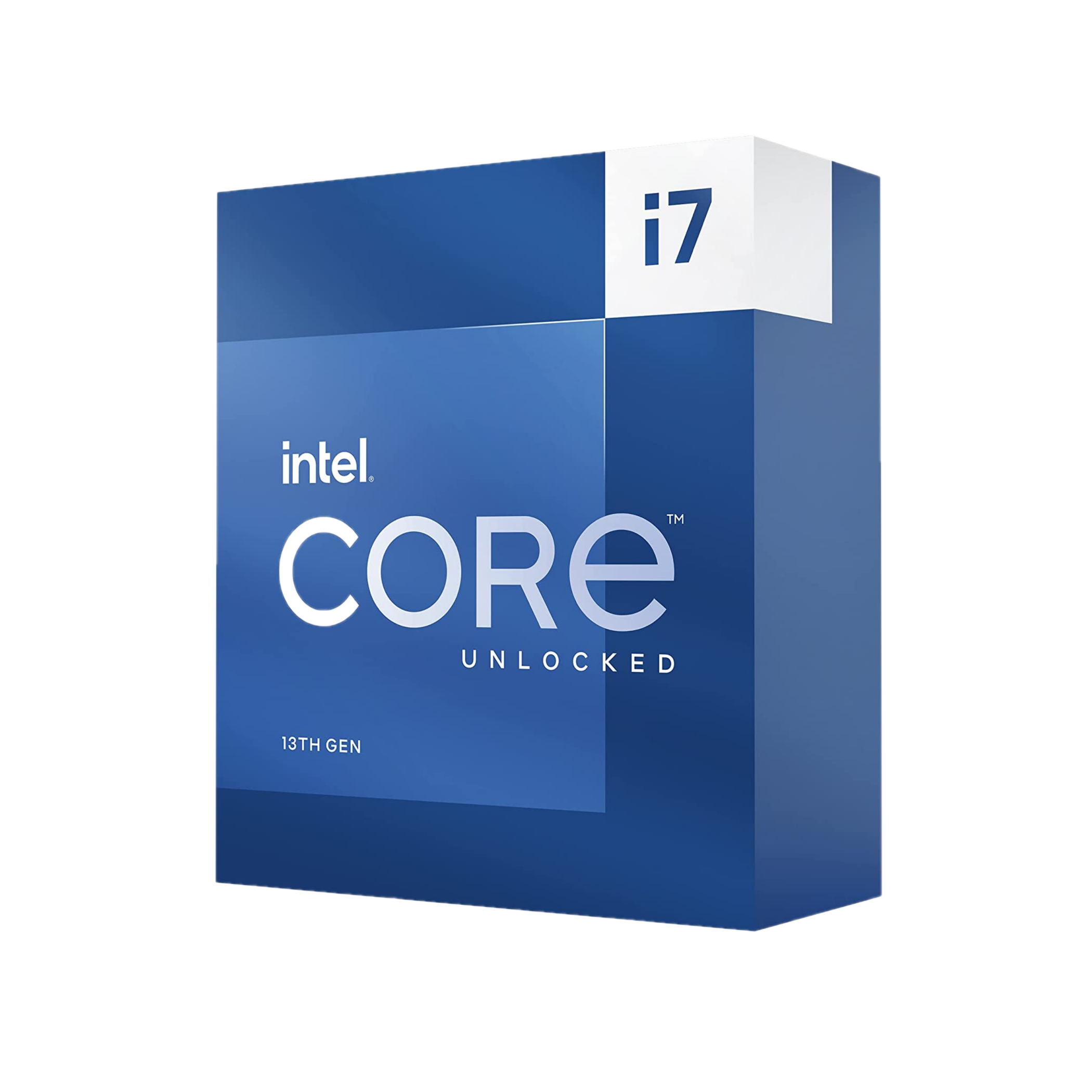
Intel Core i7-13700K
The Intel Core i7-13700K is for those who need even more power than the Intel Core i5-13600K can offer.
Best GPU for Intel streaming PC: Nvidia GeForce RTX 4070 Ti
The GPU is generally the most important part in any gaming PC, but for streaming it can be even more crucial. GPU encoding is generally what you want to do for streaming games, because it’s much more efficient than CPU encoding. However, each GPU vendor has its own GPU encoding technology, and they’re not all equal. Although Intel now has its own desktop GPUs and they have extremely modern encoders, they’re not fast enough to be worth putting in a high-end PC. Instead, we’re recommending Nvidia’s RTX 4070 Ti.
The 4070 Ti on its own isn’t super impressive. That’s not to say it isn’t fast: it is, about equivalent to last generation’s RTX 3090 Ti. The main problem is that it has an MSRP of $800, though in practice it goes for around $820 to $900 at most. We mainly like the 4070 Ti because the 40 series has great encoding technology, and for streaming games generally you want to use the GPU’s encoder rather than doing it on the CPU. However, a last-gen RTX 30 series card will also do the trick, and can be cheaper.
There’s also other alternatives, including from Intel itself. Its midrange Arc A770 has AV1 encoding that might even be better than the RTX 4090’s, but obviously a $300 GPU performs much worse than the 4090 or the 4070 Ti for that matter. Then there’s also AMD’s own GPUs, such as its RX 7900 XT. It’s about $100 more expensive than the 4070 Ti and is a little faster in gaming, but AMD’s encoding technology is generally inferior to Nvidia’s and Intel’s. That’s not to say you can’t stream on AMD GPUs, but if you’re buying PC parts specifically for streaming then AMD might not be the best option.
Overall, there are quite a few options for what GPU to choose, and here brand is mostly the important part. Nvidia is usually the best option, but Intel and AMD are both viable even with their specific limitations. If there’s anywhere you want to save money on this build, it’s here.
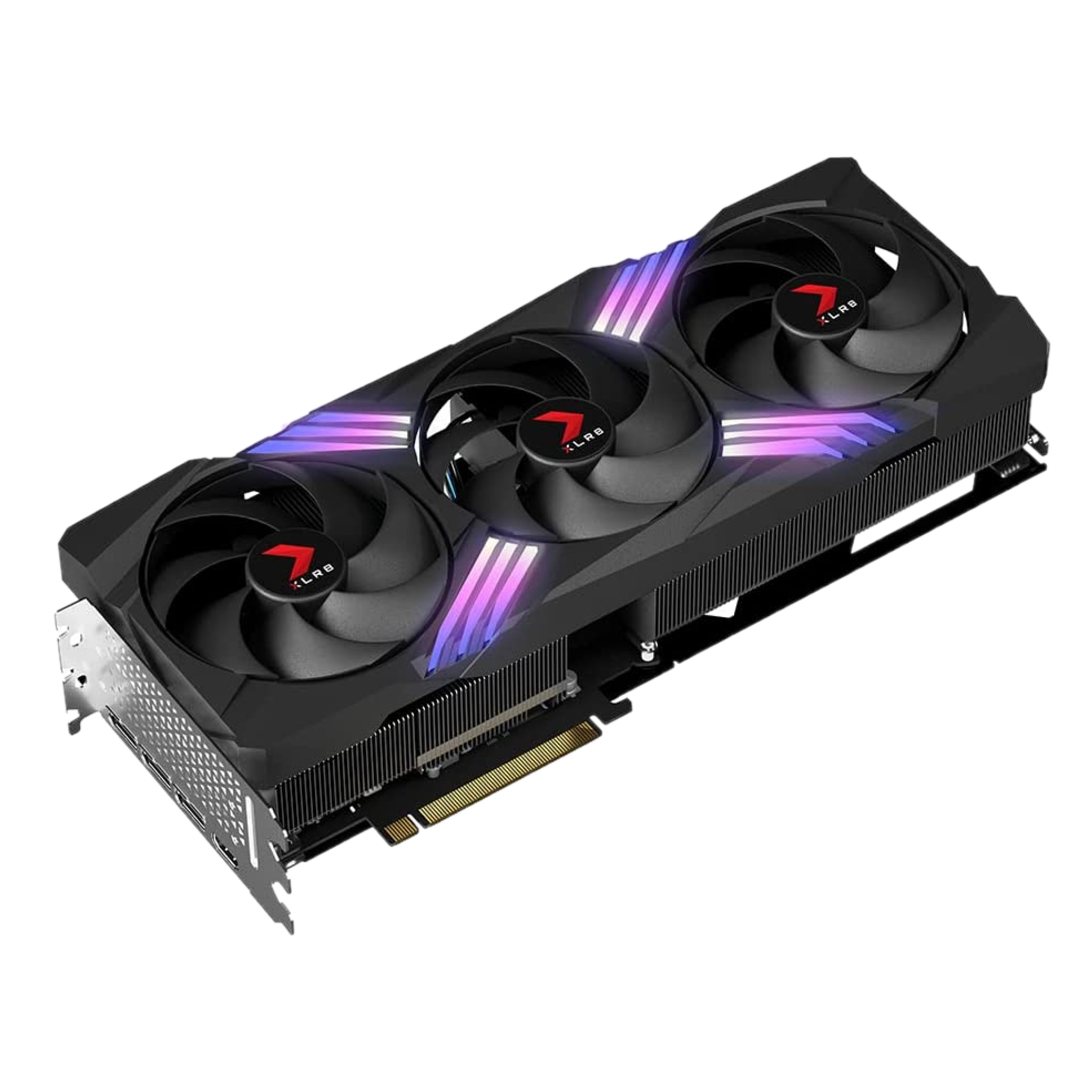
NVIDIA GeForce RTX 4070 Ti
NVIDIA’s GeForce RTX 4070 Ti is part of the RTX 40 series of cards based on Ada Lovelace. It’s also the most affordable RTX 40 GPU to date, which doesn’t mean much with the current state of graphics card pricing.
Best motherboard for Intel streaming PC: MSI MPG Z690 Carbon
Although Intel would like you to use one of its new 13th-generation CPUs with a new 700 series motherboard, it’s better to just buy an older 600 series since they’re basically the same, are compatible with 13th-generation chips, and carry discounts for being last-gen hardware. For streaming, it doesn’t particularly matter which motherboard you get as long as it has plenty of USB ports for your peripherals, slots for SSDs, and a powerful enough VRM for the CPU. MSI’s MPG Z690 Carbon checks off all the boxes for the kind of motherboard you’d want in a streaming PC.
Intel’s latest high-end chips use quite a bit more power than their predecessors, which means you’ll want a motherboard with good quality VRMs for the 13700K. The Z690 Carbon’s 18+1+1 phase VRM is more than enough to keep the 13700K at its max clock speed and could even support a future upgrade to the 13900K. Additionally, the Z690 Carbon has two 8-pin power plugs for CPU power, the maximum amount of power possible; unlocking the power limit or overclocking could yield some great performance on this board.
PCIe support on the Z690 Carbon is also quite good. It has a PCIe 5.0 slot for GPUs, which is nice but not critical since PCIe 5.0 graphics cards haven’t come out yet. What’s even better are the five M.2 slots for NVMe SSDs. Four of them use PCIe 4.0 and one uses PCIe 3.0, which allows you to get a nice blend of quality and quantity. It’s a shame there’s no PCIe 5.0 for SSDs, but for streaming you don’t really need a PCIe 5.0 drive for any particular reason. A good Gen 4 SSD will do just fine.
The last major consideration is the rear I/O, since a streaming PC will inevitably require several USB devices. Thankfully, the Z690 Carbon has six USB 3.2 Gen 2 ports (one of which is the 20Gbps variant rather than the regular 10Gbps) and four USB 2.0 ports. There’s also 2.5 gigabit Intel Ethernet, which is important since you should be using a wired connection for streaming.
At $350, the MPG Z690 Carbon isn’t really all that expensive given what it offers. It’s not the highest-end board out there, but realistically it’s hard to imagine needing anything more unless you’re creating a complicated streaming setup. Other brands also have similar motherboards; you don’t specifically need this MSI motherboard for a streaming PC.
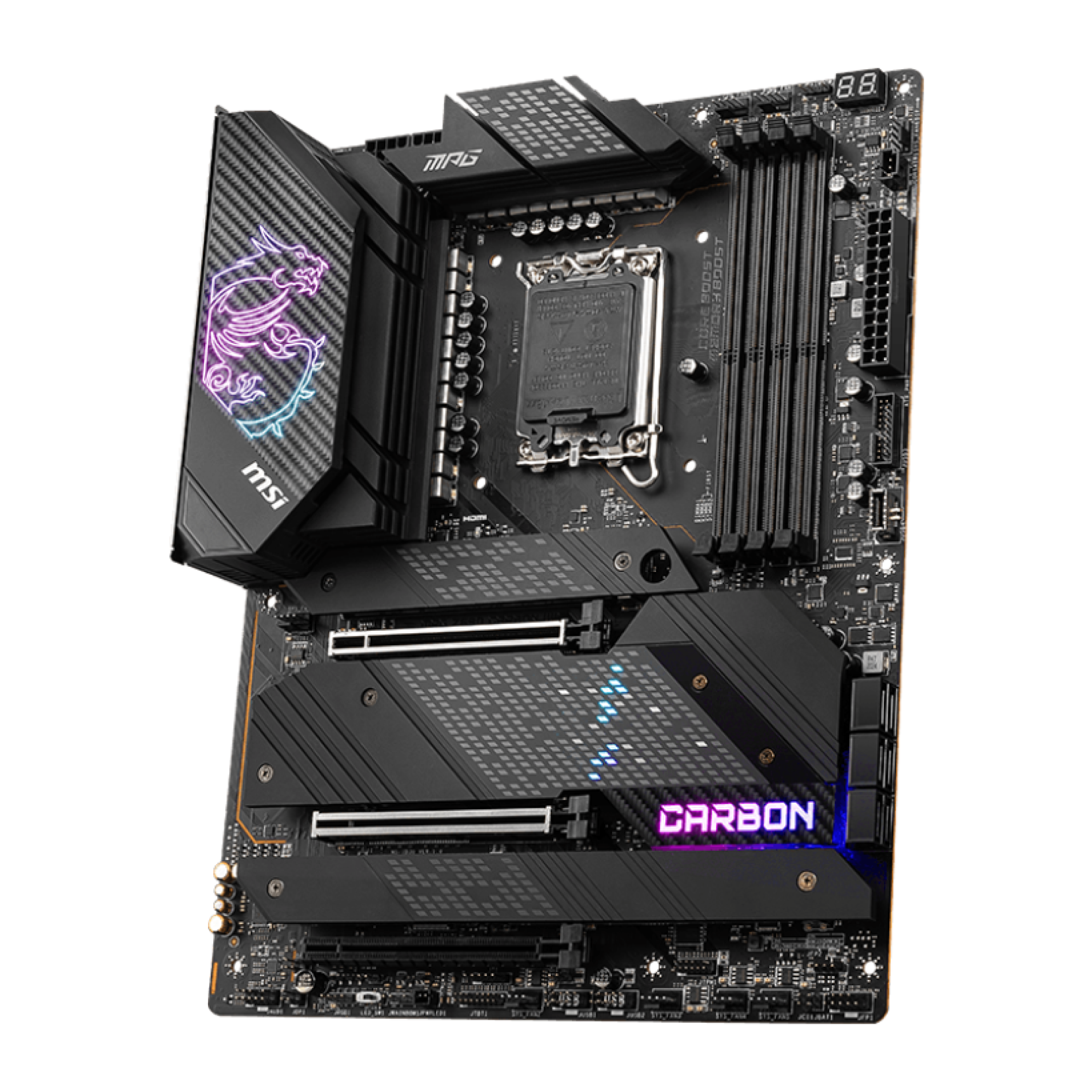
MSI MPG Z690 Carbon WiFi
The MSI MPG Z690 Carbon is a high-end motherboard for Intel’s 12th and 13th Gen CPUs. It has 18+1+1 power stages, five M.2 slots for NVMe SSDs, and support for PCIe 5.0 graphics.
Best CPU cooler for Intel streaming PC: Arctic Liquid Freezer II 360
The 13700K is a power hungry chip, and that means it gets hot really easily, which makes the CPU cooler critical. There are plenty of good air and liquid coolers for the 13700K, but for a PC of this caliber you’re probably going to want something great. Custom liquid loops tend to offer the best performance, but instead we recommend getting Arctic’s Liquid Freezer II 360 AIO. At $140, it’s far cheaper than making your own liquid cooler and provides almost as much cooling capacity.
The Liquid Freezer II might be the most celebrated AIO liquid cooler of all time. It’s received universal praise for its ability to tame even the Core i9-13900K while not operating at a particularly high fan speed, which results in less noise. The 360 model uses a 360mm radiator and comes with three 120mm fans, which can be used as system intake or exhaust depending on what case you use.
There are some other models you might consider. The 240 and 280 variants use two fans rather than three, but obviously don’t have the cooling capacity of the 360 model and aren’t really much cheaper. There’s also the larger 420 model with a triple fan solution, but a 420mm radiator is only compatible with the few cases that are large enough to support a 420mm radiator (though for some reason the 420 model is cheaper than the 360). Then there’s also RGB and non-RGB versions of the Liquid Freezer II; they have the same performance but the RGB models tend to cost more.
You don’t necessarily need the Liquid Freezer II 360 to cool the 13700K, but we recommend it just in case you upgrade to a 13900K down the line. Besides, it’s relatively inexpensive for the level of cooling performance it offers, and better cooling can allow the 13700K to boost a little higher.
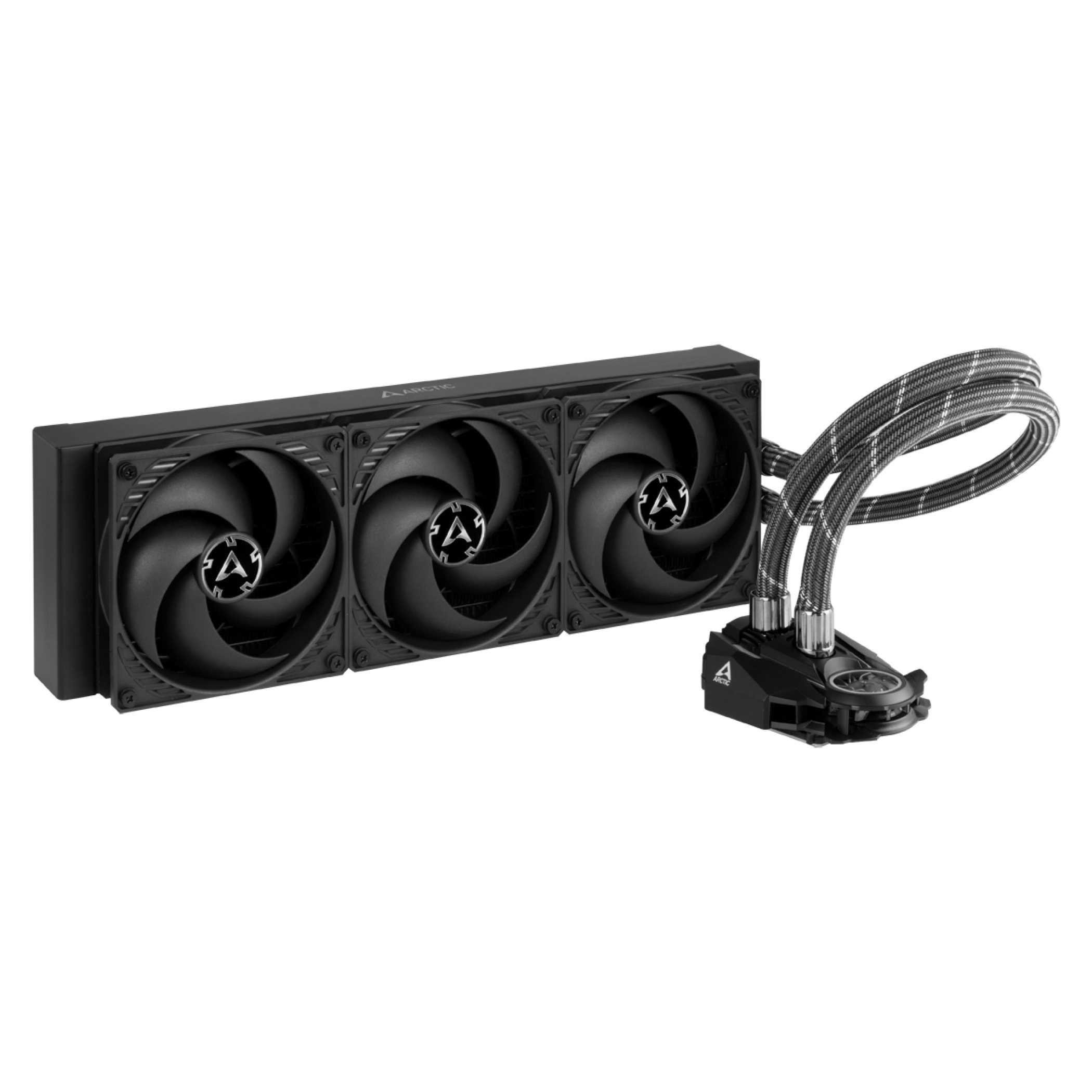
Arctic Liquid Freezer II 360
The Arctic Liquid Freezer II 360 is a 360mm AIO liquid cooler for high-end CPUs.
Best RAM for Intel streaming PC: G.Skill Trident Z5 RGB 32GB
Today, you have the choice of DDR4 and DDR5 memory depending on what motherboard and CPU you choose. Intel’s 13th-generation chips support both and although DDR4 is cheaper than DDR5, we’ve decided the price for DDR5’s greater performance is worth it. That’s one of the reasons why we recommended the MPG Z690 Carbon, as it has DDR5 memory support; the RAM kit we recommend pairing with it is G.Skill’s Trident Z5 RGB 6400 CL32.
To be clear, there are actually two memory kits G.Skill sells under the Trident Z5 RGB name. There’s one rated at 6000MHz with a CL36 rating and another rated at 6400MHz with a CL32 rating. The second kit is the faster of the two, and although having faster memory doesn’t always mean better gaming performance, it can definitely help. The slower kit is cheaper, but only by $20 to $30. It’s probably worth it to buy the faster kit.
Whether you get the 6000MHz or 6400MHz kit, both have a capacity of 32GB, which is more than enough for gaming and streaming. Even if you’re video editing or doing some other productivity stuff on the side, 32GB should be plenty. If you need more RAM, you can always buy a second kit as long as your motherboard (such as the MPG Z690 Carbon) has four RAM slots.
For such a high-end PC, we really think you should go with DDR5 memory that has the kind of specs the Trident Z5 has, but if you opt for DDR4 instead you can save about $100 just on the memory. Sometimes DDR4 motherboards are also cheaper than ones that use DDR5, but that’s often because DDR4 motherboards are simply lower-end and have less features.
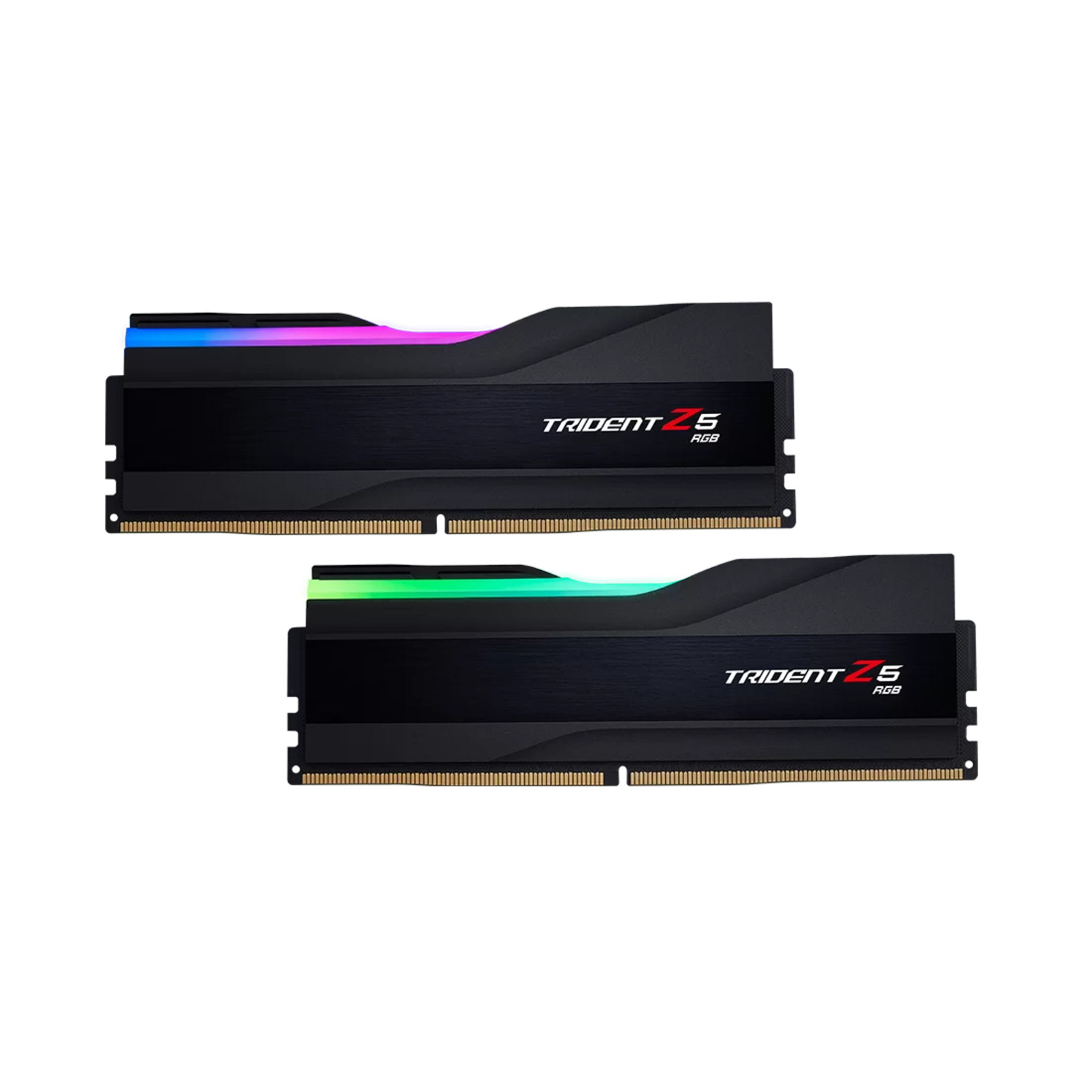
G.Skill Trident Z5 RGB 6400 CL32
G.Skill’s Trident Z5 RGB 6400 CL32 kit of RAM is a high-end 32GB (2x16GB) DDR5 kit.
Best storage drive for Intel streaming PC: Sabrent Rocket 4 Plus 1TB
Gaming and streaming don’t require particularly fast SSDs, but it is nice having quick storage and a large amount of it on any PC. There are lots of contenders in the upper midrange, value oriented segment for SSDs, but the one that gets our ultimate recommendation here is Sabrent’s Rocket 4 Plus, a PCIe 4.0 SSD that is one of the best when it comes to balancing performance, capacity, and price.
The 1TB model of the Rocket 4 Plus, despite costing $100, is actually one of the faster NVMe drives you can buy. It has reads and writes of up to 7,000MB/s and 5,800MB/s, which isn’t that much lower than top-end SSDs like Samsung’s 990 Pro. Its endurance is rated at 700 TBW (again specifically for the 1TB model), and it should be enough to last for quite a while even under significant work day after day.
You might also consider the higher capacity models: 2TB, 4TB, and 8TB. 1TB total storage is pretty meager for a gaming and streaming PC, so you might want to grab the 2TB model. SSDs with higher capacities also often have higher performance, and that’s also the case for the Rocket 4 Plus, though we’re talking an extra 100 to 200 MB/s reads and writes and not anything truly game-changing. The cost per GB is best for the 1TB and 2TB models, with the 4TB and 8TB models costing 25{2c093b5d81185d1561e39fad83afc6c9d2e12fb4cca7fd1d7fb448d4d1554397} and 50{2c093b5d81185d1561e39fad83afc6c9d2e12fb4cca7fd1d7fb448d4d1554397} more per GB respectively.
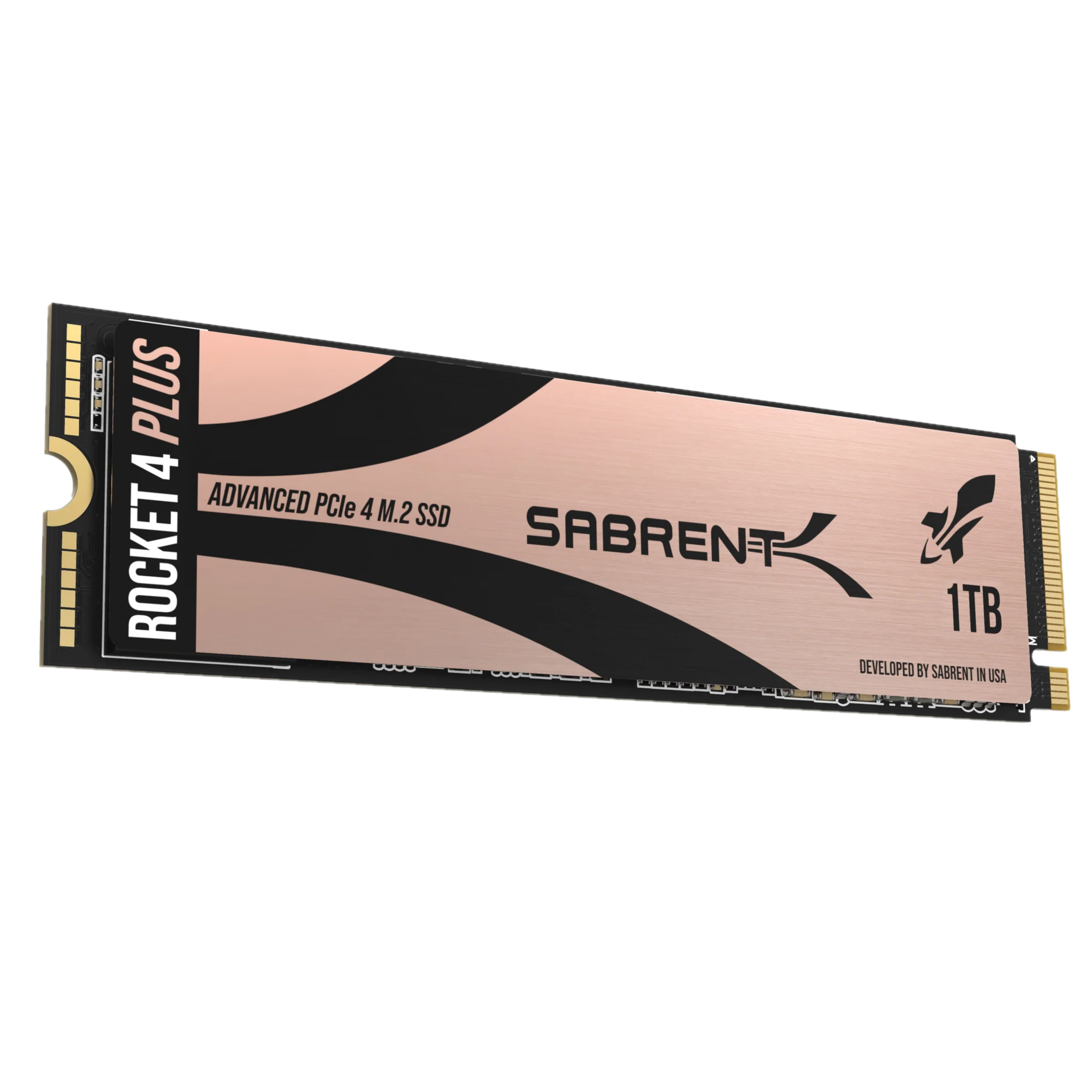
Sabrent Rocket 4 Plus
The Sabrent Rocket 4 Plus is a midrange PCIe 4.0 SSD with a balance of value and speed.
Best PSU for Intel streaming PC: Corsair RM850e PSU
Because you’re putting lots of high-end, high-power-draw components in a streaming PC, you’re going to want a power supply that can provide all that power and then some for potential upgrades in the future. Additionally, you’re going to want a high-quality, name-brand PSU that won’t explode or randomly cause your PC to crash. Corsair, Seasonic, and EVGA are the most trusted brands in power supplies and for this build we’re recommending Corsair’s RM850e modular PSU.
The RM850e, as you may have guessed, is an 850-watt PSU and has an 80+ Gold rating, which basically means it’s very efficient even under high load. Although the parts we’ve recommended won’t draw nearly 850 watts, it’s always recommended to have a lot of overhead just in case you might upgrade in the future. After all, going from the 13700K to the 13900K is a sensible upgrade path that you may one day take, not to mention all the different GPUs with potentially greater power requirements you might buy down the line.
Another key reason we’re recommending the RM850e is that it’s modular, which means power cables can be added and removed from the PSU. Cheaper PSUs just have all the wires attached to it, and this is pretty annoying because you just have to shove unused ones away somewhere. With a modular power supply, you only need to use the cables that your components actually require, which saves time and space.
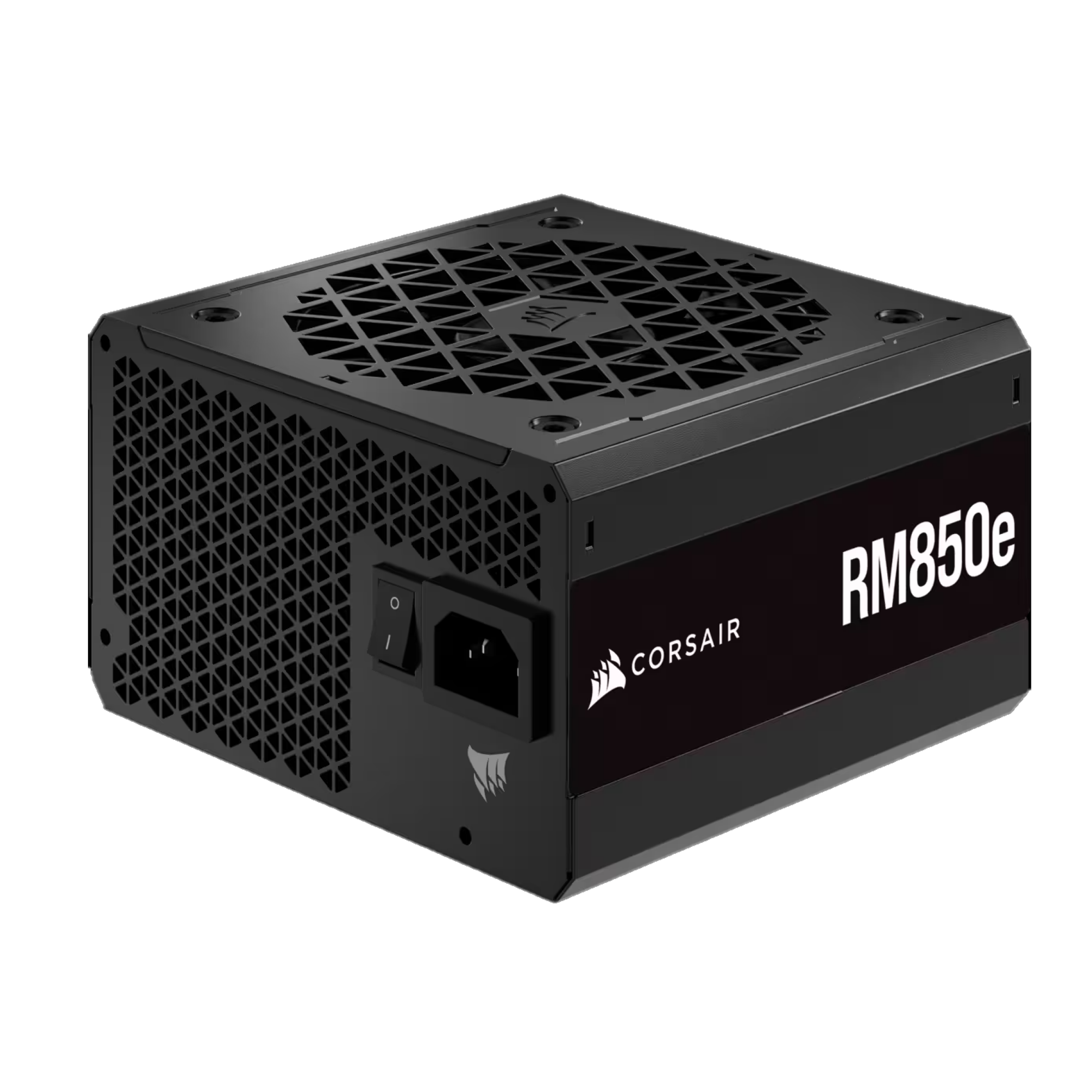
Corsair RM850e
Corsair’s RM850e power supply has an 80 Plus Gold rating, uses modular cables, and has a total power draw of 850 watts.
Best PC case for Intel streaming PC: Corsair Airflow 4000D mid-tower case
With a high-end PC, there’s lots of options in the market and you might be a little tempted to go all out and grab the biggest, most monstrous case you can. However, you’re probably better served by opting for something more normal, like Corsair’s 4000D Airflow. This chassis is actually comfortably midrange at $95 but it gets a thumbs up from us for being a good all-rounder and good for building straightforward PCs.
One of the key reasons we selected this case is because of its great thermal performance. The front panel is highly perforated, allowing for good intake airflow which is something many cases do not offer. Additionally, it supports 240mm, 280mm, and 360mm radiators like the one on the Liquid Freezer II we recommended above. The 4000D also supports up to six fans, and it already comes with two; add the three fans from the Liquid Freezer II and you’re only one away from getting maximum airflow.
There are other nice features on the 4000D too, such as built-in cable management routes, space for SATA drives, and support for vertical GPU mounting, but for gaming and streaming all of this stuff is secondary at most. Whether you get the 4000D or a different case, you’re definitely going to want to optimize for airflow to keep temperatures down and noise levels as low as possible.
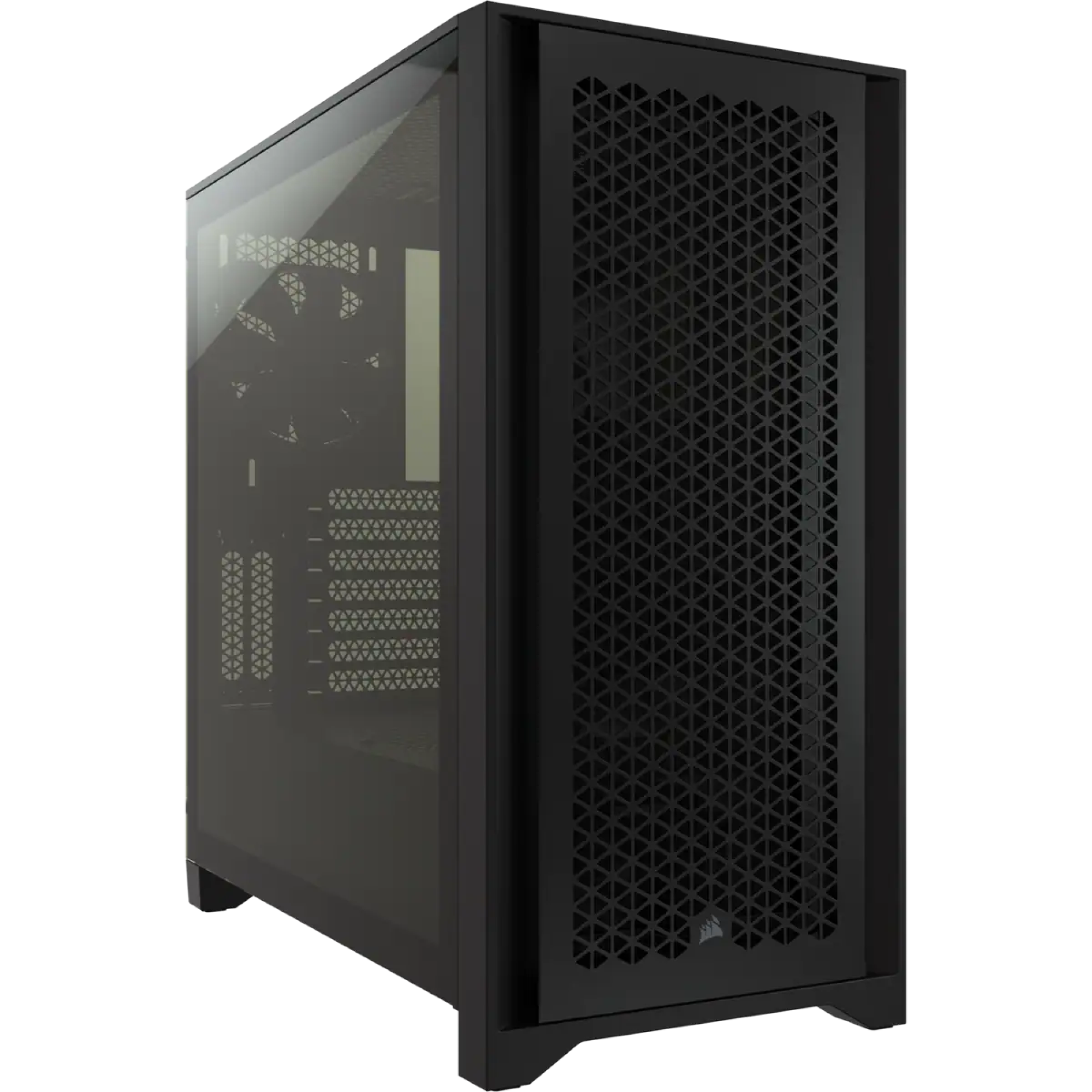
Corsair 4000D Airflow
The Corsair 4000D Airflow is a fantastic mid-tower PC case that’s both functional and easy to work with.
Intel streaming PC build guide: Price Summary
Now that we’ve picked all of our components for the build, let’s take a quick look at the price summary. The prices are subject to change based on availability, which can affect pricing:
|
Component |
Listed Price |
|---|---|
|
Intel Core i7-13700K processor |
$418 |
|
Nvidia GeForce RTX 4070 Ti GPU |
$820 |
|
MSI MPG Z690 Carbon motherboard |
$350 |
|
Arctic Liquid Freezer II 360 |
$140 |
|
G.Skill Trident Z5 RGB 32GB |
$170 |
|
Sabrent Rocket 4 Plus 1TB |
$100 |
|
Corsair RM850e PSU |
$130 |
|
Corsair 4000D Airflow mid-tower case |
$95 |
|
Total |
$2,223 |
Note: We recommend picking up an additional case fan to add to the Corsair 4000D. Even though the CPU cooler that we picked for this build comes with its own fans for intake, it’s best to add another one to fill the space at the back. Additionally, we also recommend picking up thermal paste just to have it at your disposal while building the PC. Both of these items are relatively inexpensive, so we’re not adding them to the overall cost of the build.
Intel enthusiast gaming/streaming PC build guide: Final Thoughts
There’s a surprising amount of options for what a streaming PC can look like. Although we’ve recommended Nvidia’s RTX 4070 Ti for this PC, any 40 or 30 series card will do the trick; AMD’s RX 6000 and 7000 series are good options, and even Intel’s midrange cards can make sense if you’re okay with lower in-game graphics settings. You could even skip GPU encoding altogether and just use the CPU, though even on a 13700K we don’t recommend that. A good streaming PC will always be fairly expensive, but you do have plenty of leeway on reducing the price without sacrificing too much.
In addition to the components mentioned above, you’ll also need peripherals for your build. You can check out our collection of the best monitors, best keyboards, etc., to find some good options. Alternatively, you can also join our XDA Computing Forums to discuss your build and potentially get more product recommendations. Good luck!
